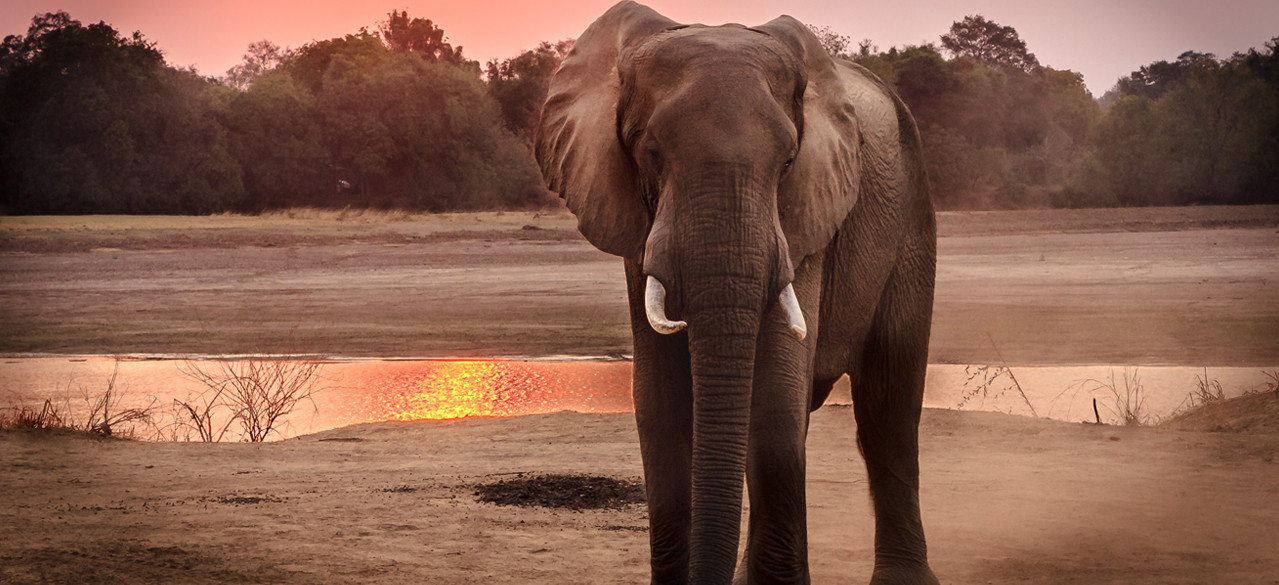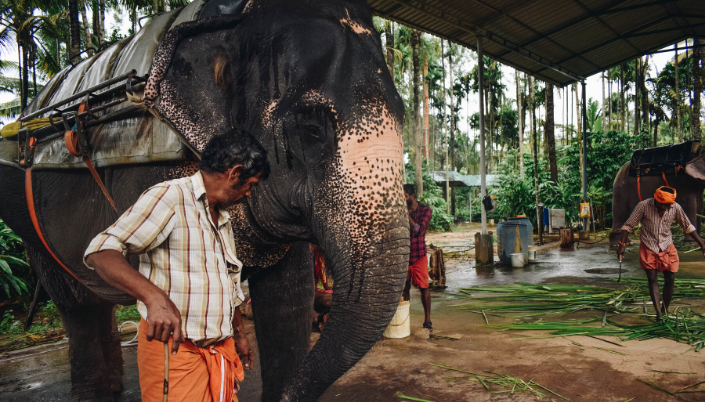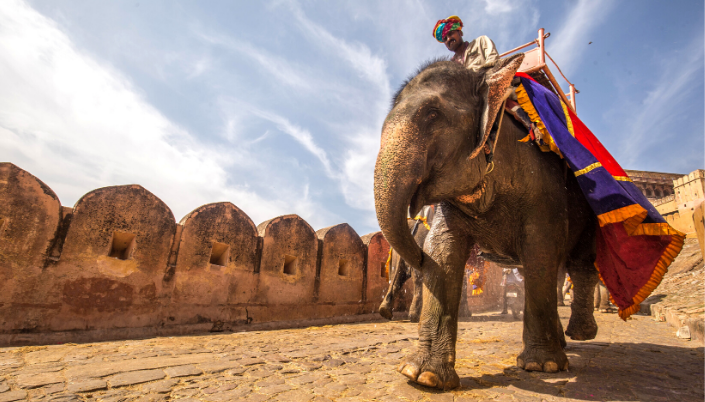

Why Elephant Riding Should Never Be in Your Travel List
07 Feb 2017 by Olga Brighton
Elephants are unique and incredible creatures. Most of us at some point may have dreamt of elephant riding and if you are lucky enough to have ever had a close encounter with an elephant, you will know that these mighty beasts are in a class of their own.
In many countries like Cambodia, Laos, India, Indonesia, Sri Lanka and Thailand, elephants have been used to work for centuries. The “mahout” (elephant riders/carers) culture is deeply rooted and in certain families, having an elephant is a family tradition going back generations. Of course the elephant needs to eat, and the owners need money to feed them.

In Thailand, for example, the banning of logging in 1989 meant that many mahouts had to find another source of income; many were forced to beg in the streets or to work in the illegal logging industry. This was one of the reasons for the Thai Elephant Conservation Centre promoting an initiative to use elephants in the tourism industry, as a means of providing employment for both elephants and mahouts.
You can take an elephant ride for as little as 1,400 Thai Bhats. Imagine that! Fulfil a life long dream for only £32! What could be wrong with that? Read on and you will see.
The Real Cost to the Elephant
You may think that for these big mammals, carrying a relatively light weight on its back would not be an issue. The problem is that they may be repeatedly carrying that weight all day, every day, in the sun, without rest or mud baths to protect their skins. These working conditions can lead to permanent injuries. Riding an elephant on his neck, or close to the head is usually the best position, but unfortunately, all too often, tourists are carried on heavy 200 lb benches, secured by ropes around their belly. So the elephant ends up carrying a much heavier weight and not in the optimum way for them. This can lead to back injuries and sore wounds from ropes rubbing.
Read also: 14 Things That Will Surprise First-Time Visitors to Thailand
How Do You Train an Elephant?
All the different work that elephants do – which can include circus tricks and even canvas painting - doesn’t happen by accident. Its the result of long and sometimes painful training until the elephant finally submits to the behaviour required. Back in 2002, The National Geographic magazine featured some of the cruel techniques used, which begin with the capture of baby elephants in the wild and involve training methods sometimes referred to as ‘elephant crushing’. This method tames wild elephants by caging the elephants and negative reinforcement including physical punishment which ‘crushes’ the animals spirit. Even though this is widely condemned, it is still practiced.

With elephants born in captivity, the circumstances can be different. According to a TRAFFIC report, younger members of mahout families that have worked with elephants for generations, are paired with juvenile elephants. They follow their fathers’ footsteps and form lifetime partnerships with their elephant. They use positive reinforcement and love to gain the elephant’s trust and that results in a life-long friendship.
What You Can Do
Don’t let yourself be swayed by the publicity of tour operators and travel agencies. If you really love elephants, you probably want to avoid an elephant ride altogether. Do your research and you may find a better way to interact with these magnificent animals that avoids the risk of any harm to them. There are organisations that provide sanctuary for elephants that have been treated badly in the past, or there may be others that pride themselves in treating the elephants well and caring for them in a humane and ethical way.
Read also: 9 Reasons to Start Your Round-the-World Trip in Indonesia
We accept

